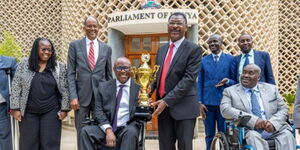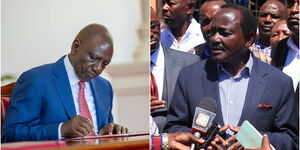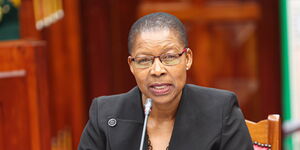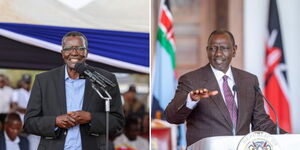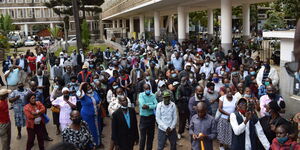The year was 1992 and a relatively unknown man, Harun Mwau, threw his hat in the ring for the highest office in the land.
Mwau had catapulted himself from the shadows into the public limelight at a time when Daniel Arap Moi ruled with an iron fist, to put it mildly.
However, after the election dust settled, Mwau ended up a court ruling away from occupying the house on the hill following his bizarre yet valid appeal at the courts.
The former police officer, known for his extraordinary attention to detail, noticed a major loophole in the stipulations regarding party presidential nominations that offered the easiest route to the presidency.
He rushed to court and filed a petition seeking to nullify Moi’s victory on the grounds that he (Moi) and all other candidates had not been properly nominated.
According to the law at the time, a successful nomination to vie for the presidency included a physical submission of the nomination list on a foolscap.
Mr Mwau, therefore, argued, in part, that he be made president because all the other candidates had failed to use the ‘right paper’ to present the lists of their nominations.
Going on to distinguish between a foolscap and the A4 papers, Mwau asserted that all the other candidates had broken what he termed as clear stipulations by the electoral commission.
"There is a big difference between a foolscap of 8 1/2 × 13 1/2 in (216 x 343 mm) and the International Standards Organization A4 measure of 21cm × 29.7cm, therefore candidates do not have the leeway to decide which rules to observe and which to ignore,” Mwau argued impassionately in the petition at which he represented himself.
He added that those presidential candidates who could not understand the distinction between A4 and foolscap could not be fit for high office, as it was a clear indicator that such a president was bound to constantly break the law once he assumed office.
Despite losing in his appeal, the court lauded Mwau's attention to detail, and all presidential candidates have been keen on the stipulated paper size ever since.




